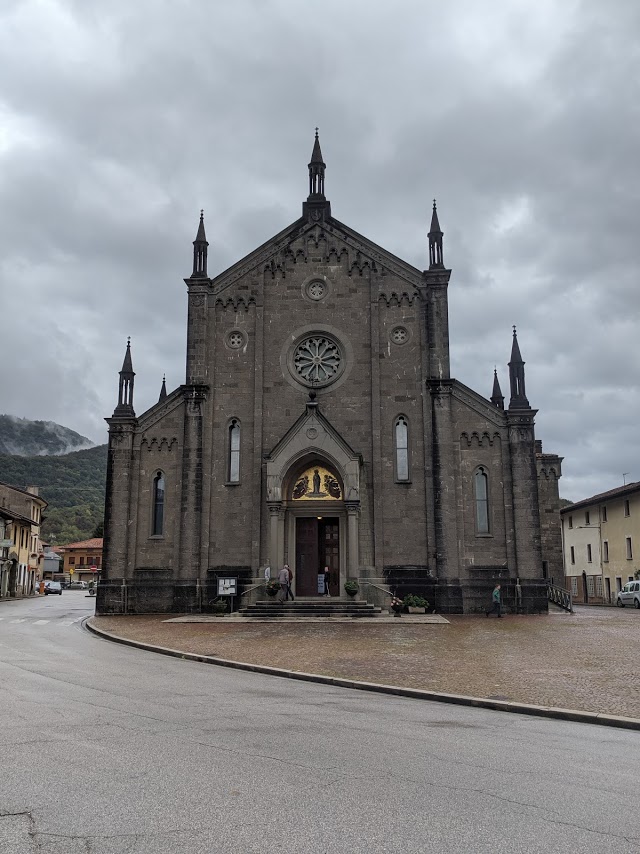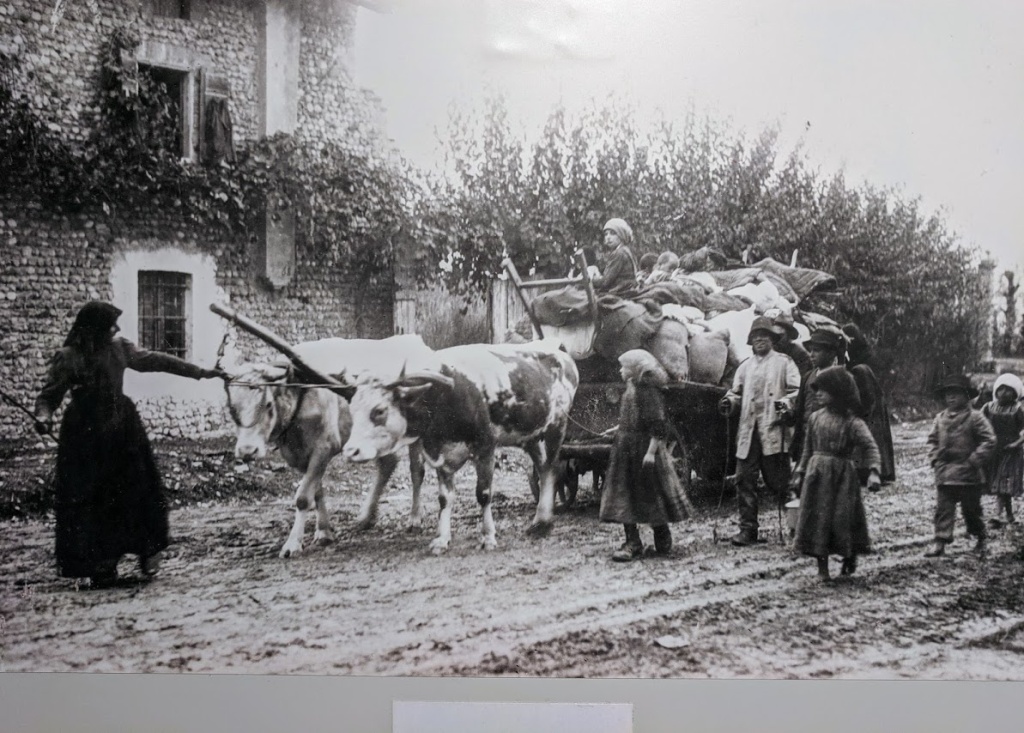Was it prescience? I made a vision board in January and devoted a chunk of it to intentions to focus on spiritual growth, intuition and meditation. I highlighted the words: wisdom, resilience and growth.
I chose these words because I wanted to add that focus to my life. But as the ancient adage from Aesop’s Fables (circa 260 BC) says: ‘be careful what you ask for.’ Who knew that just two months after gluing those words to the poster, a pandemic would find me digging deep for my own wisdom and resilience? Whether I want to or not, I am going to grow.
I am heartbroken at what is happening in Italy. My father is the son of Italian immigrants who came to Australia in the 1920’s after WW1.

In the last few decades, I have been increasingly drawn to my Italian roots. I connected with a distant relative while my daughter was spending year working and travelling in Italy in 2011. Last year I stayed in Faedis, the small village in Fruili-Venezia-Giulia, where my grandmother was born and lived until she came to Australia in 1927. Now I feel as if half my heart lives in Italy.
To see the heroic efforts of the Italian medical staff; to know the devastating Utilitarian choices they are making to save younger over older lives (and this in a strongly family-orientated culture); to hear the indomitable spirit of people singing from their balconies; all this moves me to tears. A queer sense of pride rises in my blue-sky, brown-land Australian heart for these people, this culture and this country that I claim as part of my heritage.
In the time of coronavirus, I draw strength and resilience from my Italian ancestors. I and my daughters are here partly because of their incredible resilience. My grandmother (Amelia Gandini) was fifteen when the last pandemic l’influenza Spagnola (Spanish Flu)came to Faedis in 1918 just over 100 years ago. She said every family in the village lost at least one person. A vigil would be held in the home with candles. Then when the bells rang in the piazza, she and her brothers and their mother would run up to the church to say Mass.

grandmother left in 1927, the church was still being
renovated from a smaller structure
Photograph by James Hills
No-one died in Amelia’s family but her mother (my great-grandmother) became very ill with a high fever for many days and all her hair fell out. This is the same woman who washed clothes for rich people in icy running water for a few lire to feed her family. I’ve seen that icy running water. It’s a beautiful river if you don’t have to wash clothes in it.

This is the same woman who tried to take her children to safety when the area came under enemy occupation. She loaded all her children and her chickens on a cart and with her cow, she led them to a friend’s house and supposed safety. I don’t know why this did not work out but a week later she returned to find her home occupied by enemy soldiers. For the remainder of the occupation she lived upstairs with her children and the soldiers were downstairs.

This is the woman who somehow found the means that winter (with the help of Amelia’s brothers who stole and scrounged food wherever they could) to keep her family alive (1917-1918). Amelia said that the soldiers were hungry and cold. They ate all the chickens and the pig and the family’s winter stores. They burnt all the wood stored for winter, then the family’s furniture. These were desperate times. The hardy and resilient – my ancestors – survived.

We all have ancestors who lived through difficult times – wars, pioneering days, economic depression, undiagnosed and untreated mental health issues, chronic ill health, family tragedies, natural disasters, discrimination, racism, injustice, etc. Their blood runs through our veins. Their collective resilience and strength are in us still; their capacity to dig deep, their wisdom and way of being runs in our DNA.Let’s call on these qualities, the gifts of our ancestors to help us through these strange days.
Then we will be able to say, like our young friend in Brescia, in one of the worst affected areas of Italy:
‘We in Italy are all fighting and we won’t give up, never at all. The only thing we can do in this moment is staying at our home. This moment is a kind of opportunity to have time to stay with our families. It is a kind of moment of reconciliation.’
Which of you ancestors inspire you with their resilience and strength? Comment below.

Renee,
This is a beautiful read as I sit in the cool of early morning looking out at a wide stretch of the Brisbane River and one canoeist gliding on its mirror surface.
I’m deeply touched by your family history and it’s relevance to today’s extraordinary world pandemic. People are calling it a time of atonement. Your family certainly bore the ravages of their time and helped make the world a better place for us. It’s what ancestors do. I believe we will too, eventually.
Thank you for sharing your story. I feel very close to it and enjoyed all the photos. There’s a sense of place and time and location that connects to all of us now.
LikeLike
Thank you so much Wendy! I am so happy that you find it relevant and that it provides some sort of connection in these strange days.
LikeLike
May your grandmother and great grandmother’s resilience and courage continue to guide your writing of these wonderful stories. Mx
LikeLike
Thanks so much Maria. I find these old stories fascinating and I find it kind of incredible to have links to such history. Thanks for all you do.
LikeLiked by 1 person